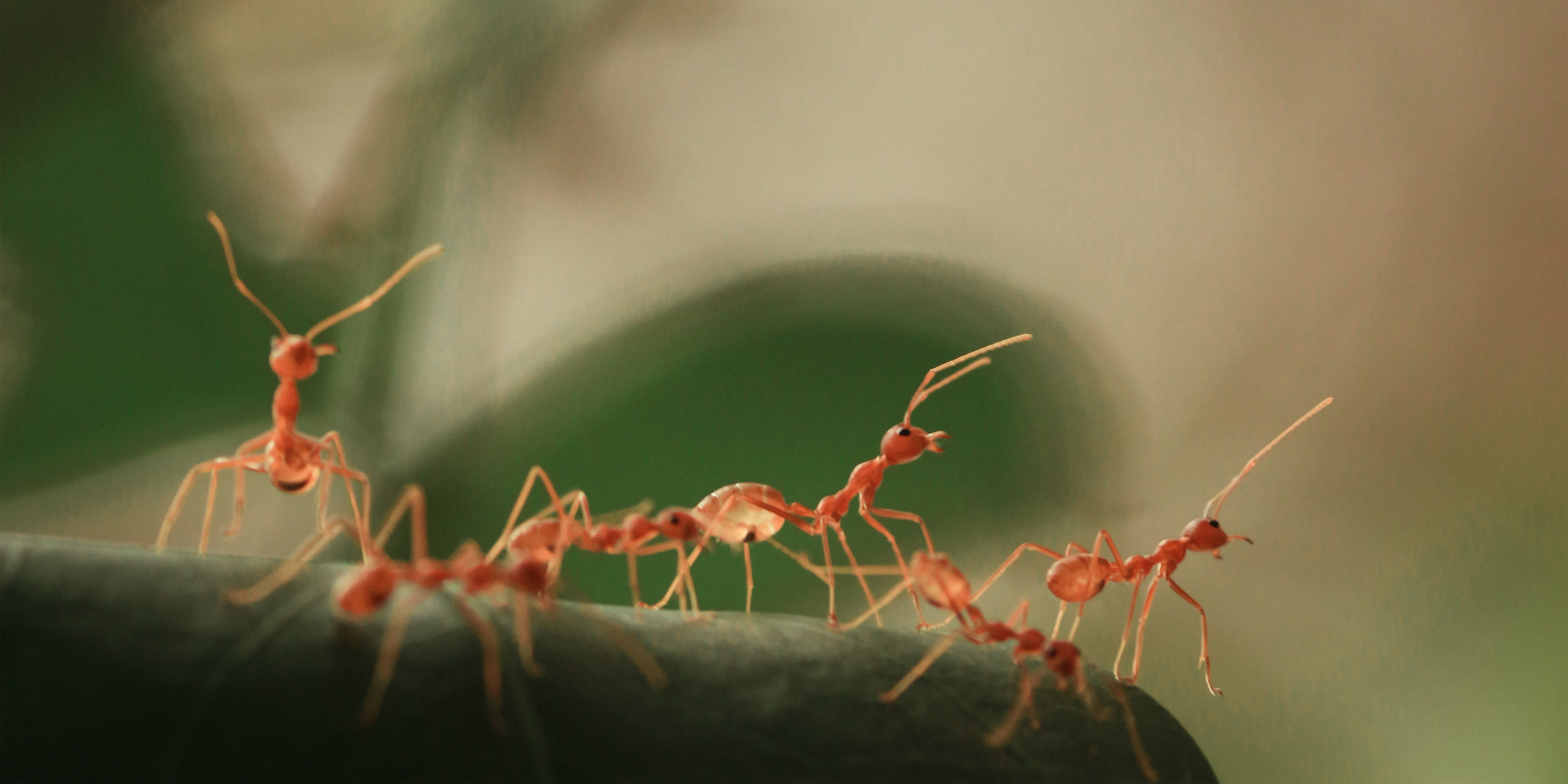Originally published 23 January 1995
EXUMA, Bahamas — Scientists kill many animals in the course of medical and biological research, and most of us are content that they do so. We are also content that it’s not ourselves that do the killing.
We eat meat, but we are happy to let someone else do the slaughtering.
We understand that deer herds must be culled for their own good, but we are unable to look down the barrel of a gun into the eyes of a white-tailed doe.
The ethics of interspecies killing is complex and subjective. Life couldn’t exist without killing. Killing is the creative engine of evolution. Try explaining non-violence to a great white shark. Or to a cholera bacillus.
Harvard biologist E. O. Wilson suggests that what he calls “biophilia,” the human love for other species, is our best hope for survival and happiness on this planet. The trick is to distinguish love from squeamishness.
Certainly, for many of us, not having to look the victims in the eyes makes killing more palatable.
Forgive me. These are late night thoughts, prompted by solitude and darkness. For several days I have been living alone in an isolated house on a tropic island. My only companions are a hummingbird, two salamanders, a dozen mice, and an apparently inexhaustible army of ants.
I’ve given a lot of thought to the ethics of interspecies murder.
The hummingbird is cherished.
The salamanders are welcome, as long as they stay outside.
The mice — well, I started off with traps, until I looked into their sad Disneyesque eyes, accusing me from beneath the sprung wire.
I put away the traps.
So that leaves the ants.
Tiny sand-colored ants, as small as grains of sugar.
I saw them first in the sugar bowl, a seething swarm. A line of marching ants stretched down the side of the bowl, across the cupboard shelf, down the wall, along the countertop, back up the wall to a crack in the plaster that leads to who-knows-where.
I disposed of the contents of the bowl. Then I took a wet sponge and obliterated the line of ants, all the way back to the crack, a clean murderous swipe that must have smushed a thousand lives.
A few hours later the marching army was re-established, this time fixed on some crumbs I had inadvertently left on the counter.
Another swipe, another thousand deaths.
But now scientific curiosity was getting the best of me.
I carefully killed every ant in sight. Then I placed a pinch of sugar at a new location, and went for a walk.
When I came back, the marching army was re-established on a new course, anchored on the pinch of sugar.
Think about this for a moment.
From the crack in the wall, which may be far from the nest, scouts fan out looking for food. One of the scouts finds a source of nourishment. It finds its way home again, presumably following some sort of chemical bread crumbs like Hansel and Gretel, where it communicates the nature of its discovery, then leads its myriad companions back to the sugar, across a vast desert of walls and countertop crisscrossed with chemical tracks.
This sophisticated feat of navigation and communication is accomplished with a brain as tiny as the point of a pin.
I swept up the ants with the sponge and started again. Murder had became research. I soaped down the walls and counters to eliminate chemical tracks. I put out bits of food and waited and watched. I looked for scouts. I wanted to see the marching army emerge from the crack.
I learned almost nothing. To have answered all my questions would have meant giving up reading and walking and swimming and sleeping. But the ants always returned. My respect for them grew, and my sponge made its killing journeys with increasing reluctance.
Even in its tiniest manifestations, life and intelligence are miraculous, beautiful. I wish I could take a few of these tropical ants home with me so I could put them under a microscope and look them straight in the eye, give them a face-to-face smile, engage their tiny formicarian minds.
Of course, it would not be an equal encounter. The ants are oblivious to me. There is a vast discrepancy of scale. The ethics of killing has never troubled their brains.
It’s just as well I can’t look them in the eye, because in the interests of hygiene I keep swiping, keep killing, on a scale that seems staggering but makes no apparent diminution in their numbers.
The mice are different — those sweet mammalian eyes, glazed by death, looking up from the trap. Let them have the run of the place. It’s only a few days. We can co-exist.
Or so I said to myself in a moment of foolish sentimentality.
Then this morning I opened my corn flakes and out jumped a mouse.
Now, I am sitting alone in the light of my laptop computer screen, meditating on the ethics of killing, waiting to hear out there in the dark rooms of the house the snap of traps.



